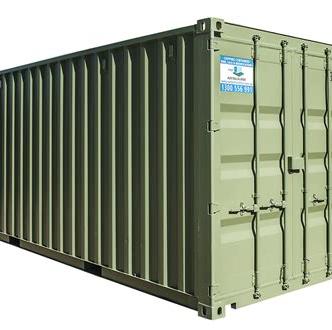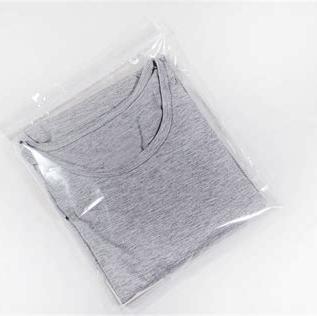How to Choose the Right Retail Packaging for Your Product Needs
Your product's packaging is a key way to represent your brand and get customers interested. In this presentation, we'll go over the most important factors to keep in mind when designing packaging for your product.

IsellPackaging
Colors, Visuals, Mascots, Typography, Format
Your packaging design is made up of many parts: the color scheme, the visuals, any mascots or characters, the typography, and the format of your packaging. All of these elements work together to create a cohesive image that represents your brand.
Colors ��
Choose colors that align with your brand identity and convey the right message for your product.
Visuals ��
Create beautiful and informative graphics or choose photos that will immediately communicate what your product is all about.
Mascots ��
Create catchy mascots or characters that will make your product more memorable and appealing to customers.
Typography ��
Choose fonts that are legible and visually consistent with your brand identity.
Format ��
Choose the right format for your product so that it looks good and is easy to package and transport.
Benefits of Packaging
Besides looking good on the shelf, packaging serves many important functions for your product. It's a key way to protect your product during transport, convey important information about your product, and make your product stand out from the crowd.
1 BrandVoice ��
Your packaging design is a key way to communicate your brand's message to customers. Make sure it aligns with your brand identity and values.
4 Grasp Attention ��
2 Protection ��
Packaging protects your product from damage or contamination during shipping and handling.

3 Safety ��
If your product is potentially hazardous, packaging is a key way to keep customers safe.
5 Purpose Packaging ��
Great packaging design can catch the eye of customers and make your product more appealing.
Packaging can be designed for many different purposes, from gift-giving to shelf displays. Choose the right type of packaging for your product.
Choosing the Right Retail Packaging
Now that we've covered the importance of packaging design, let's talk about how to choose the right packaging for your product. Consider factors like your budget, transportation needs, materials, size, and branding when selecting packaging.
1 Budget ��
Choose packaging that fits your budget while still conveying your brand identity and protecting your product.
2 Transportation ��
Consider the logistics of moving your product from the factory to the store. Does your packaging need to hold up during long shipments and rough handling?
3 Materials and Sustainability ��
Choose environmentally friendly materials and packaging options that can be easily recycled or reused
1 Size ��
Make sure your packaging is the right size for your product, so that it's easy to transport and store.
2 Design and Branding ��
Your packaging design should align with your brand identity and product goals. Consider working with a designer to create a custom design.
3 Choose the Right Packaging Company ��
Make sure to choose a packaging company that can provide you with the services you need to make your packaging vision a reality.
Stand Out and Make Your Product Shine
Your retail packaging is your products first impression on your customers, make sure it appears professional, conveys your brand message, and stands out from the competition in order to attract customers.


Transportation Guidelines
When shipping your products, it's important to make sure your packaging stands up to stress and that the right precautions have been taken.
SecureYour Product
Keep Package Safe
Special Arrangements
Make sure your packaging keeps your product from moving around inside the container or being damaged in other ways.


Make sure your packaging is designed to keep your product in good condition throughout the journey.
For particularly heavy, large, or valuable products, special precautions may be necessary

Materials and Sustainability
Sustainability has become an important part of packaging design in recent years. When choosing materials for your packaging, take into account the environmental impact of each option and choose the one that's most sustainable.
Compostable Materials
Biodegradable plastics made from corn, wheat, or potato starch.
Mushroom-based “mycelium” packaging.
PLA packaging made from sugar-cane fibers, cornstarch, or other plantbased materials.
Recyclable Materials
Recyclable plastics like PET and high-density polyethylene (HDPE)
Paper-based packaging products
Cardboard or corrugated
fiberboard
Reusable Materials
Use reusable containers or bags for your products. Reusable glass, metal or plastic jars or tubs.
Recyclable or biodegradable bags, as long as they are strong enough for the items being packaged.
Package Designs and Branding
Preparation is Key
Make sure to spend adequate time preparing with designers to get the package design that best represents your brand.
Clear and Informative
Attention-Grabbing
Your packaging should clearly communicate what’s inside the package and highlight its features and benefits.


Keep in mind that the shelves will be filled with many similar products, so your package should quickly catch potential customers’ attention.












